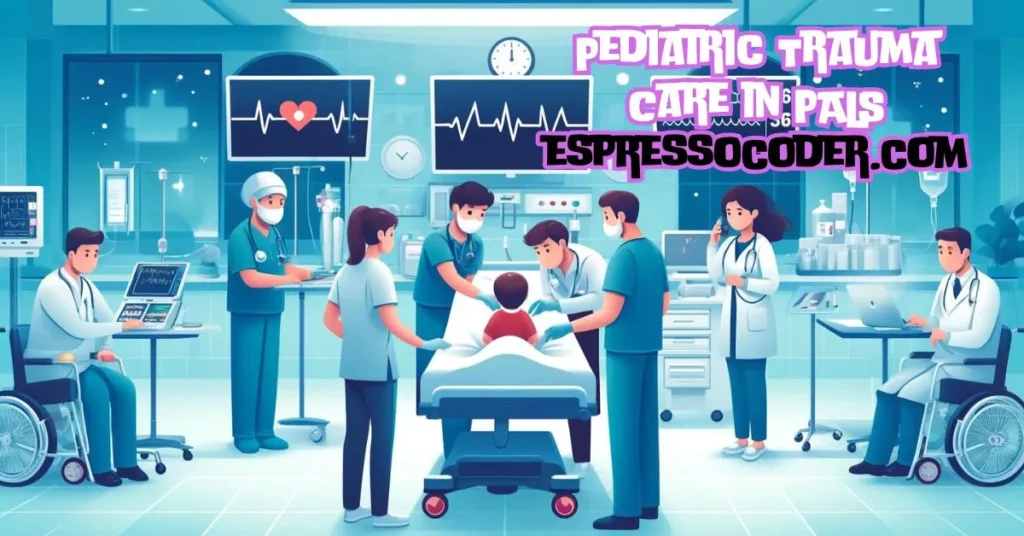Knowledge of pediatric advanced life support (PALS) training is essential if you are a nurse, doctor, or healthcare professional who works with or wants to work with children. An advanced cardiac life support (ACLS) certification is not enough, and you may need to apply these skills. Unfortunately, this is not true. Children have unique needs that are completely different from those of adults. A child’s physical size and emotional nature are key things to consider. It is thus essential to train for working with children. PALS certification program offers the necessary training required to care effectively for younger patients. You must seek PALS online renewal timely to continue administering treatment to pediatric patients. Explore the key treatment considerations for your pediatric patients.
Algorithm applications
It is crucial to know ways to implement the right algorithms in real-world applications. This helps ensure your patients are receiving the right treatment options. Knowing these useful algorithms and using them will allow you to make the right decisions at the right time. There are several algorithms that are ideal for your PALS patients. This depends on your unique circumstances. It is a must to have adequate training and utilize it when necessary. Here are a few crucial treatments to consider:
- Pediatric post-resuscitation care algorithm
There are several steps to take to treat patients who have undergone resuscitation after a life-threatening event:
- Optimize oxygen and ventilation.
- Look for signs of shock.
- Treat hypotensive shock with norepinephrine.
- Monitor the patient for agitation, seizures, and hypoglycemia.
- Treat normotensive shock with milrinone or epinephrine.
If a child receives prompt resuscitation from cardiac arrest, they may experience post-cardiac arrest syndrome. This can cause severe symptoms, such as a bran injury. Pediatric post-resuscitation care focuses on helping the body return to functioning normally.
- Pediatric BLS algorithm
This is the PALS algorithm, where there are two or more rescuers who are healthcare providers:
- Check the safety scene and shout for help.
- One of the rescuers must attend to the child, while the other must activate EMS and look for an automated external defibrillator.
- If the patient breathes properly and has a pulse, monitor them closely until EMS arrives.
- However, if the patient does not breathe properly, then initiate rescue breathing at the earliest.
- If the patient is not breathing and there is no pulse, initiate cardiopulmonary resuscitation.
- If the patient has a shockable rhythm, use the AED.
- If there is no shockable rhythm, get back to administering CPR for two minutes and check the rhythm.
- Continue BLS procedures until the child responds.
- Pediatric bradycardia algorithm
Bradycardia is a term significant for slow heart rate, based on the normal range of the child’s age, activity level, and condition. Here is the algorithm to follow:
- Find out the cause of bradycardia if the patient is stable. Provide treatment.
- Maintain a patent airway.
- Apply oxygen as needed.
- Monitor the vital signs and use a cardiac monitor.
- If the patient is unstable and shows signs of shock, start immediate treatment.
- Maintain the airway and administer oxygen as needed.
- Monitor the vital signs.
- Initiate CPR if the heart rate drops below 60/min and the condition worsens.
- If bradycardia continues, you must consider epinephrine or atropine. Consider transvenous.
Some causes of bradycardia are hypothermia and hypoxia. It is essential to know ways to treat a bradycardia patient and identify the cause of the issue.
- Pediatric tachycardia algorithm:
The opposite of bradycardia is tachycardia. It is a condition with an abnormally fast heart rate. Here are its treatments:
- Identify and treat the cause.
- Offer oxygen as required and attach a cardiac monitor.
- Monitor the vital signs.
- Establish IV/IO access.
- Assess the rhythm with the help of the monitor or a 12-lead ECG.
- A narrow QRS of less than 0.09 seconds as probable sinus tachycardia. Treat a wide QRS of greater than 0.09 seconds as possible for ventricular tachycardia.
- Consider synchronized cardioversion if there is cardiopulmonary compromise. However, if there is no cardiopulmonary compromise, then administer adenosine.
- Pediatric cardiac arrest algorithm
This is beneficial to use with a child who is under cardiac arrest. Here are the primary points of the algorithm:
- Start CPR and administer oxygen as required. Attach the defibrillator and monitor.
- If the rhythm is not shockable, then you must deliver epinephrine and resume CPR.
- Once the rhythm is shockable, deliver shock and resume administering CPR. Establish IV/O access.
- If the rhythm is still shockable even after 2 minutes of CPR, deliver epinephrine every 3–5 minutes. Consider capnography.
- If the rhythm is not shockable,
- Then resume CPR.
- Go to post-cardiac arrest care if there are signs of ROSC.
Conclusion
Infants and children have different physical and emotional needs. Consider these while administering treatment, whether it’s regarding nasal drug delivery or any other ailment. These algorithms offer key steps and methodologies to treat patients using PALS guidelines. Enroll in a PALS online renewal course to keep administering PALS interventions after the license lapses.




